Why Duration, Frequency, and Quality Still Define Readiness
Written by MTAC Chief Traininig Officer JM
I’m going to say it.
Most SWAT teams in this country aren’t training — they’re rehearsing.
And most commanders don’t have a training problem...
They have a standards problem they won’t admit.
Part 1: The Reality of Part-Time Teams
Most SWAT teams are part-time. That’s not a knock — it’s just reality. Operators are typically detectives, deputies, or patrol officers. SWAT is “as-needed” — until it’s urgently needed.
Here’s what we consistently find in audits across the country:
1–2 training days per month, sometimes less
“8-hour days” that are about 3.5 to 4 hours of real reps
Training timelines padded with 1.5 hours of idle time before starting, a long lunch, and early outs
If you have an 8-hour training day, it should be 8 hours of training, not lollygagging through the first 90 minutes, taking a break for an hour or more, and then packing it up early. That’s not elite. That’s checking boxes.
Part 2: The Three Metrics That Matter
1. Duration
Let’s be clear: “duration” isn’t how long your team is on-site.
It’s how much time is spent training, running reps, solving problems, applying stress, and debriefing performance.
If you’re spending the majority of the day staging, briefing, and eating, your “8-hour day” may barely contain 4 hours of productive work — and we’ve audited plenty that clock less than that.
Duration is the actual work performed, not the time logged.
2. Frequency
Training once a month isn’t enough.
If your team only trains two days per month and you stack them back-to-back, you're effectively training once a month. Split them — one day every two weeks — and you immediately double your frequency. That spacing improves retention, builds smoother recall under stress, and keeps the team more consistently engaged.
Frequency is about how often you put pressure on your people, not just how many days you can list in a report.
3. Quality
This is where most teams break down.
You can have duration and frequency, but if your “training” consists of recycled drills, low-stress scenarios, or a flat range comfort zone with no performance standard, you’re burning time, not building capability.
And if your instructors aren’t sharpening themselves or your leadership isn’t seeking vetted outside training, the team stagnates.
And no, being “vetted” doesn’t mean looking good on Instagram. It means having real depth behind the standard.
Part 3: The Exposure Problem
The truth is, some teams aren’t training — they’re doing what they’ve always done, because they haven’t seen anything better.
And that’s not entirely their fault.
Most operators only know what training looks like within their agency — and in a lot of places, that’s a flat range, a few recycled drills, and a “good enough” nod from leadership. They’ve never been exposed to structured, high-standard, stress-based training. So they think they’re doing it right.
Until they see what it’s supposed to look like.
That’s why ego isn’t the biggest problem — exposure is. And when teams finally experience scenario-based pressure, objective performance standards, and structured development, they usually don’t resist it. They welcome it.
But someone has to lead them there.
Part 4: What Real Training Looks Like
Teams are getting it right.
We work with departments that develop a full year of training goals in advance, seek funding early, and safeguard those days from operational and administrative disruptions. Their leadership acts as a barrier against excuse-making, complacency, and schedule creep. That’s what professionalism looks like from the top down.
Real training:
Has a POI with measurable outcomes
Includes stress, scenario complexity, and consequences
Happens frequently and intentionally
Develops both shooters and decision-makers
Challenges egos — and that’s by design
Closing Message
We're not calling anyone out.
We're calling teams up.
MTAC collaborates with SWAT teams nationwide. We've seen what good looks like, and we've seen what complacency hides behind.
You can't become exceptional by checking boxes.
You won't rise to the occasion; you'll fall to the level of your duration, frequency, and quality.
If your team is ready to raise the bar, we're here to help you audit, assess, and rebuild the right way.
Want an honest audit of your SWAT training cycle?
Contact MTAC’s Mobile Training Team for a professional review.
www.mtactraining.com
admin@mtactraining.com
